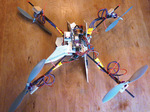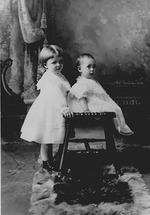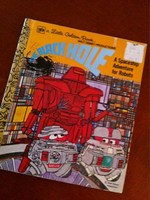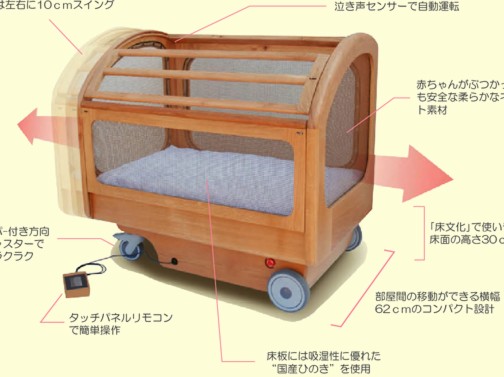
The Suima robot crib by Maruki Development, a subsidiary of Tanigawa Kensetsu, a homebuilder in Nagasaki, is scientifically designed to detect a crying baby and rock him back to sleep. It is the product of four years of research conducted by Maruki and Kyuushu University which cost "millions of yen."
According to a press release-y report in AsiaBiz, the Suima will be available for rental or purchase for regular folks, but will also be marketed to "hotels, wedding centers, funeral homes, beauty salons, restaurants and such, so that post-partum mothers can more easily leave the home and rejoin society." There is also a "proposal" to approach nurseries and childcare facilities. According to Crunchgear, the cribs will sell for between $4500 and 5500, and will rent for around $100/month.
Where to start? First, the business model. What the hell are they thinking that moms would be parking their kid in communal cribs when they go to...a wedding? a funeral? anywhere? Say you bought a Suima crib for your coffee shop, and more than one mom showed up? What's the etiquette on parking your baby in the store crib? The wishy-washiness about childcare facilities is probably due to the persistent expectation that Japanese women should leave the workforce when they get married, not just when they have a kid. It would be a stigmatizing kiss of death to pitch a robot crib as a device that frees mom up to get her quarterly budget report finished.
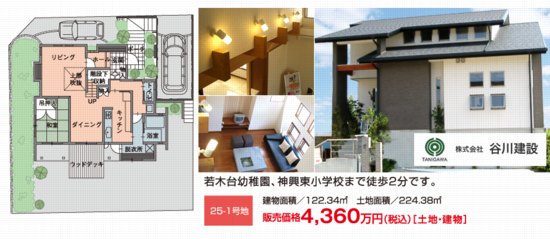
So the reality is, the only market is families, and no one will buy one. So unless they're meant to be thrown in as a freebie with your new Tanigawa Kensetsu home--in which case, is the Japanese real estate industry really so competitive that a company would spend four years developing a robot crib as a sales perk?--what we're talking about is a regional real estate developer launching a robot crib rental business. It's been [wow] 25 years since I took my first Japanese class, and I have to say, it's not the craziest thing I've ever heard of.
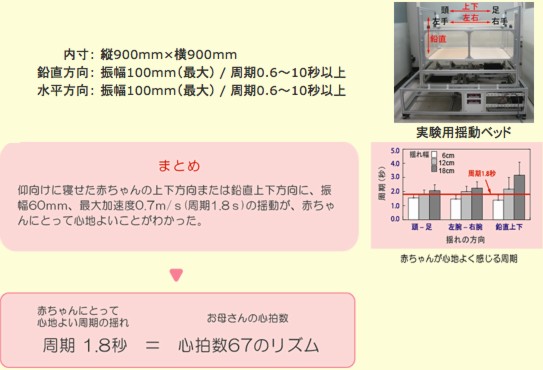
To me the most significant element of the Suima crib is the research that went into it, and not just the driving concept of "breaking down and analyzing a mother's cradling of her baby," so that they could replicate it with robotic furniture. But the mind-blowing implications that they actually arrived at an answer: the best rock to put a baby to sleep has an amplitude of 60mm and a frequency of 1.8 seconds, which equals the mother's heart rate of 67 bpm. After a sufficient number of repetitions induces sleep, the rocking motion decelerates and eventually stops.
This scientifically proven solution was refined through extensive prototype testing, where it was discovered that:
- because of inertia, side-to-side rocking can cause a baby to roll over, thus head-to-toe rocking is preferred;
- already-sleepy babies can find the Suima crib's rocking motion to be fun and stimulating instead of sleep-inducing; and
- the crib's rocking motion can cause babies who are standing up and waving "hi hi" to lose their balance and hit their heads against the cribrail.
And so it is that the Suima Crib generates a rift in the time/space/gender continuum, wherein women are saved from the drudgery of their female lives--i.e., caring for children--by a noble, all-male cadre of business executives, engineers, and scientists save--so that the ladies can get back to the beauty parlor. Damn, but that is one screwed up country.
Not a single mention of "dad"--or even "parent": Suima electric crib website [suima.jp, via crunchgear, thanks dt reader rolf]


